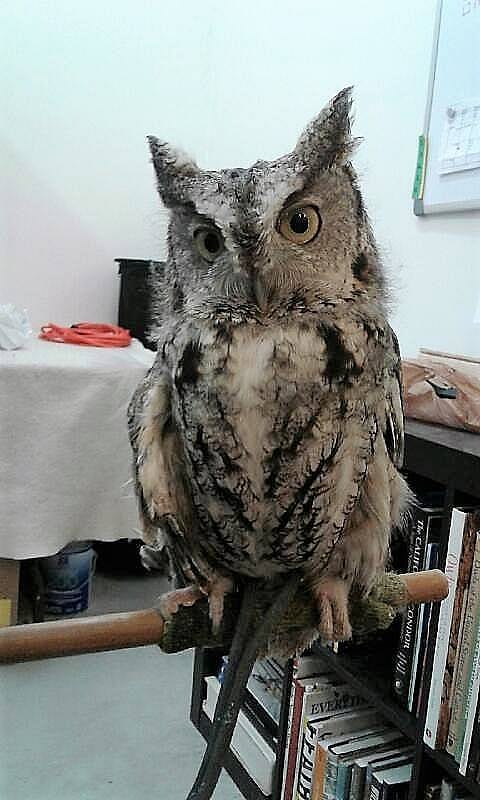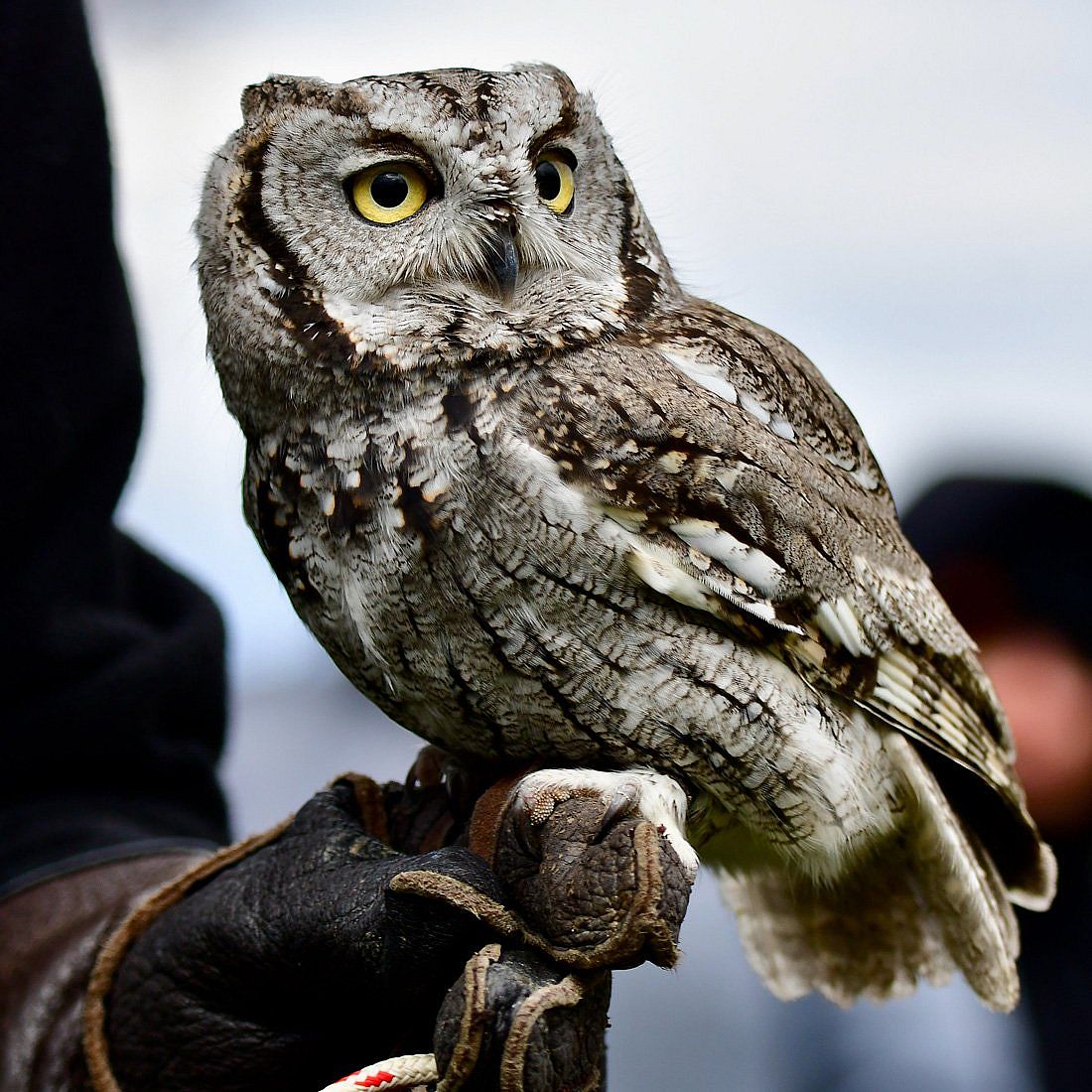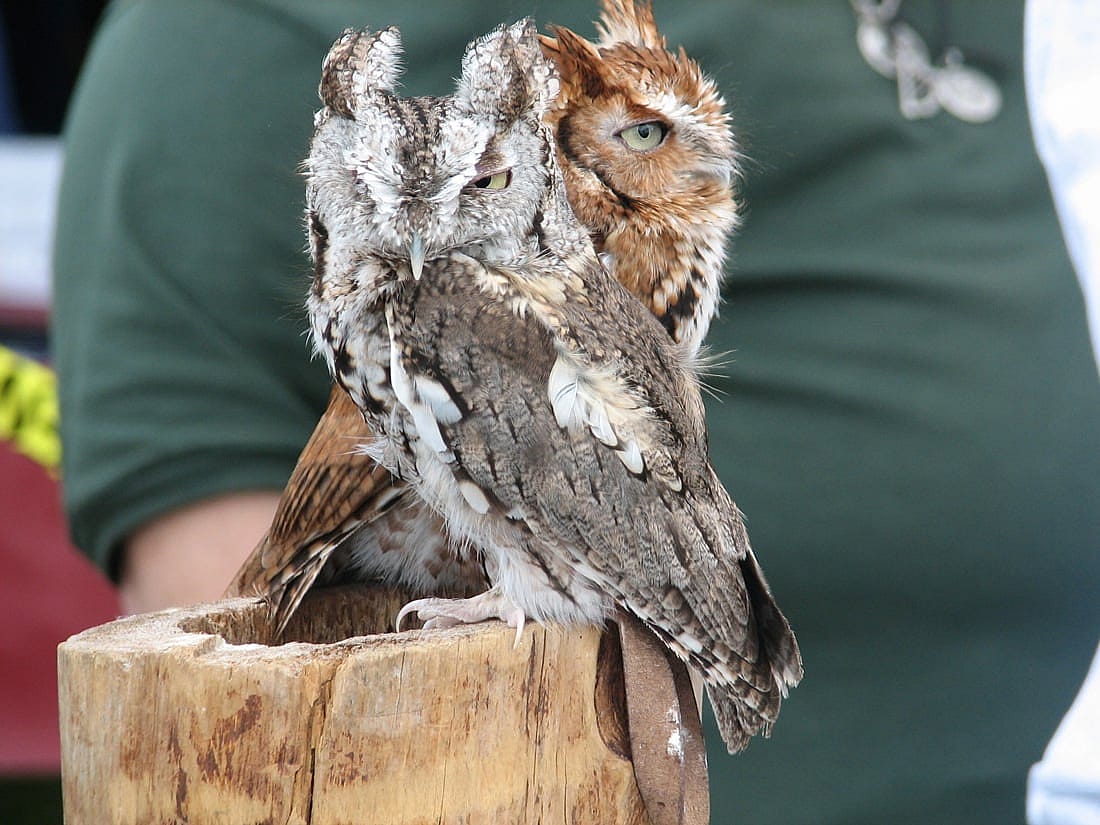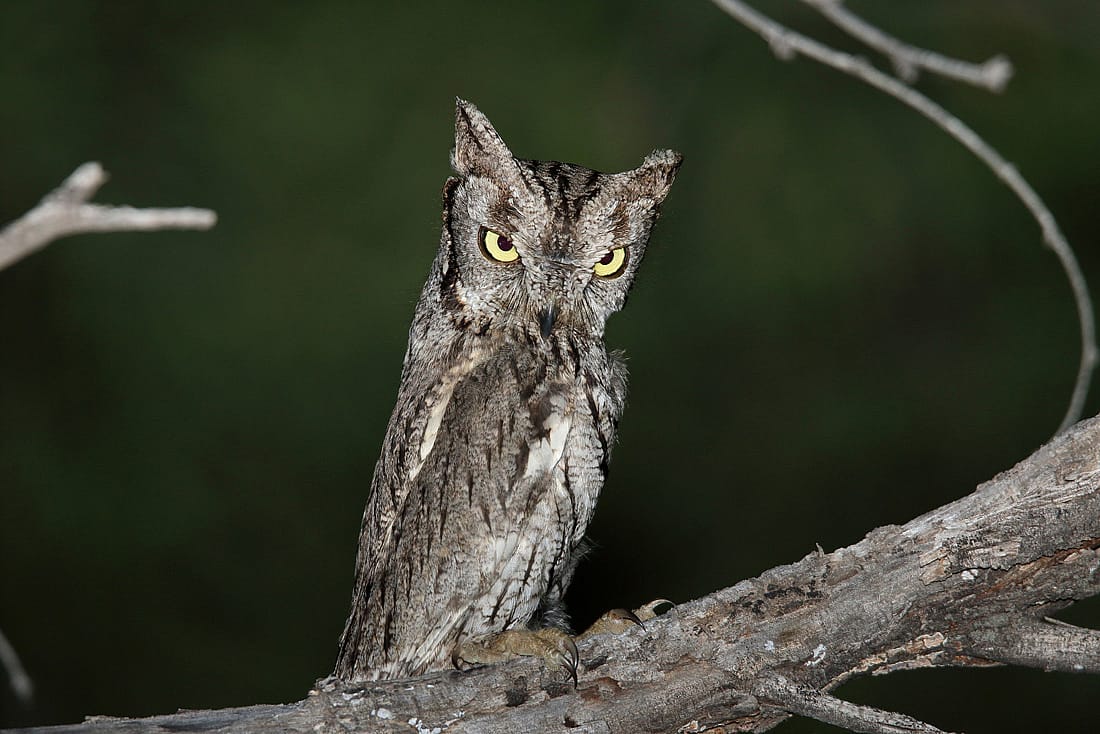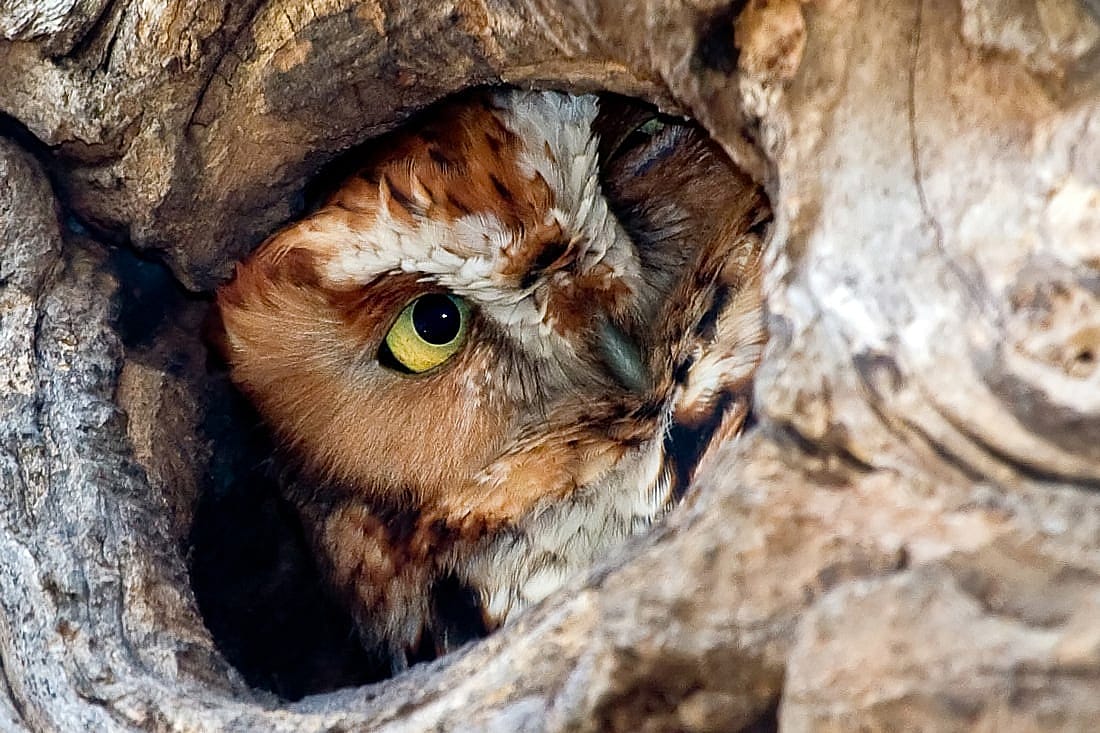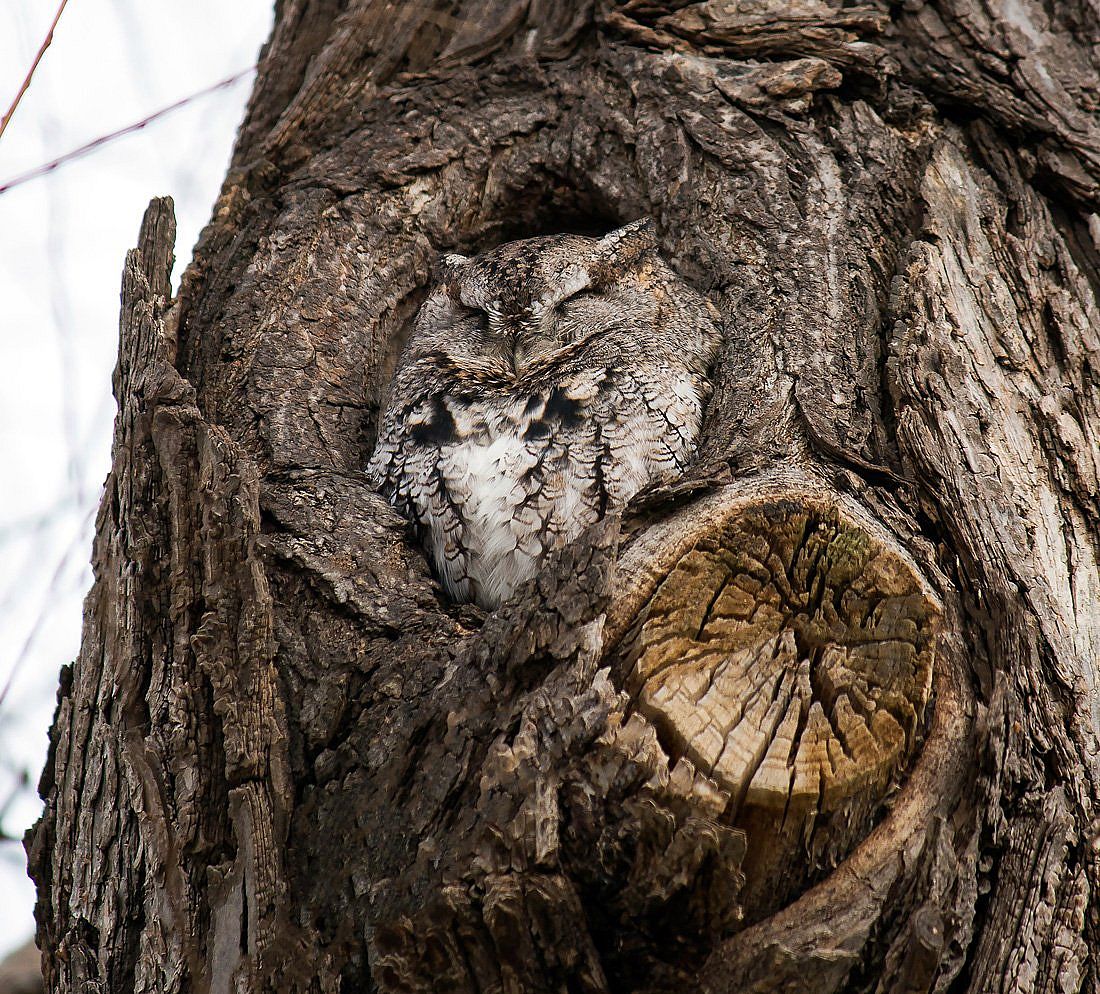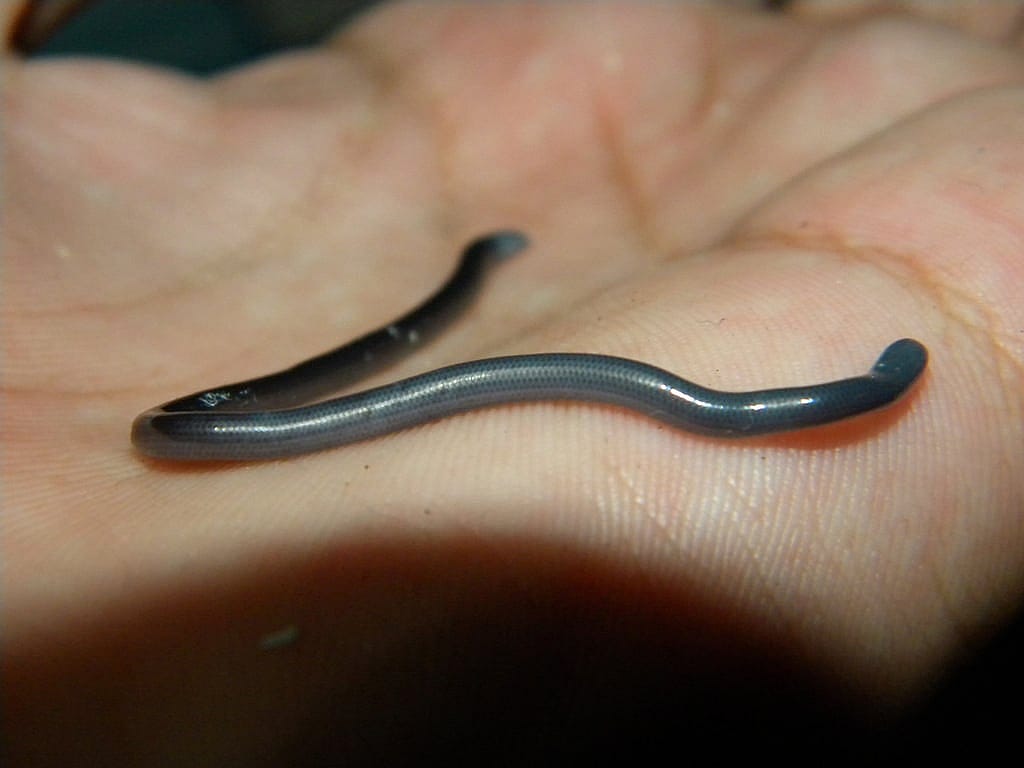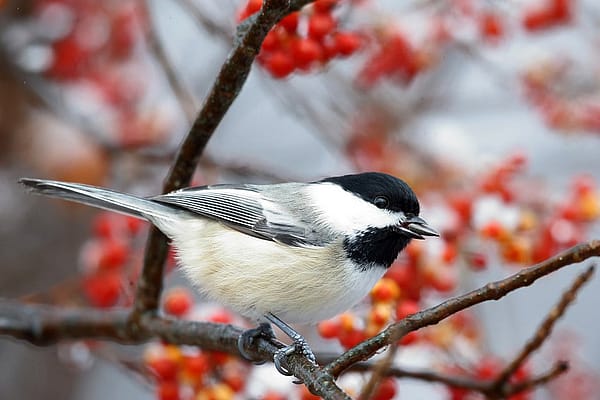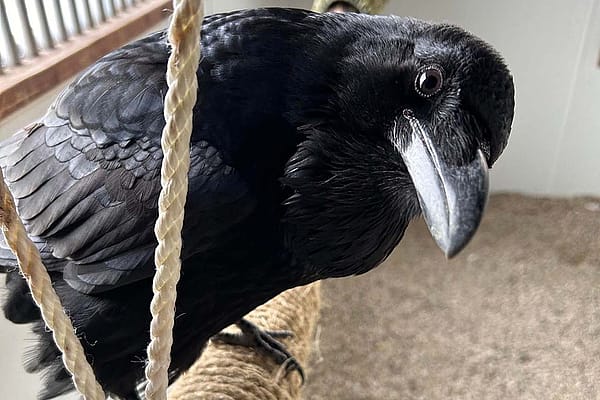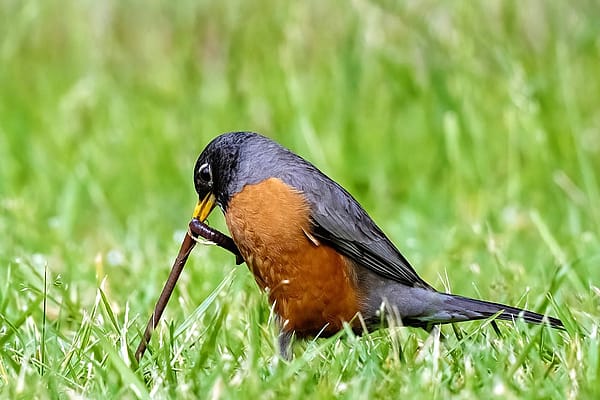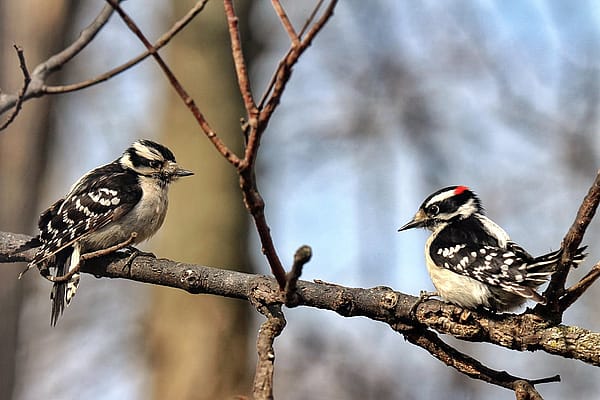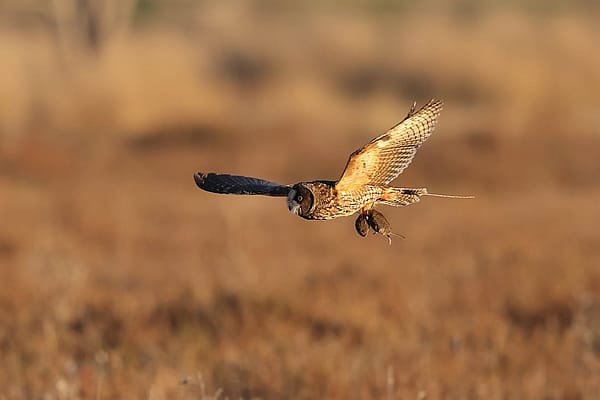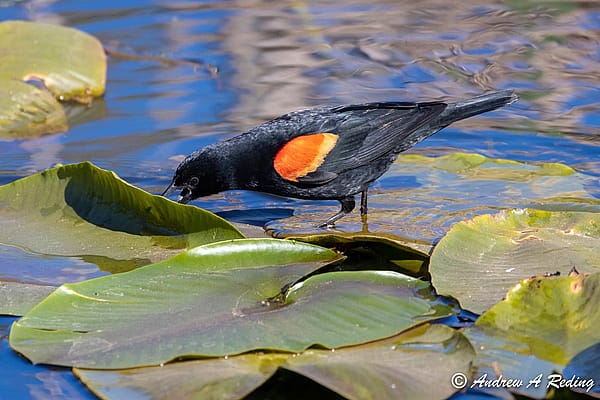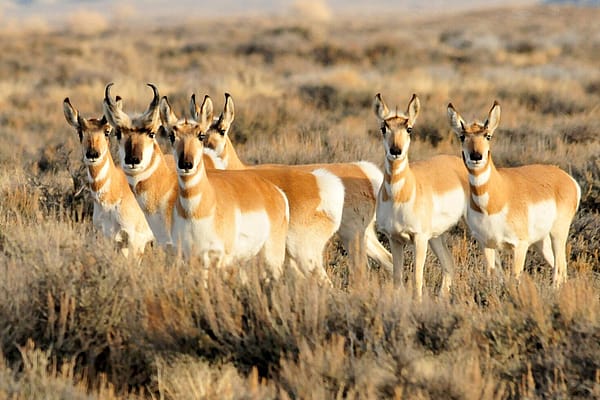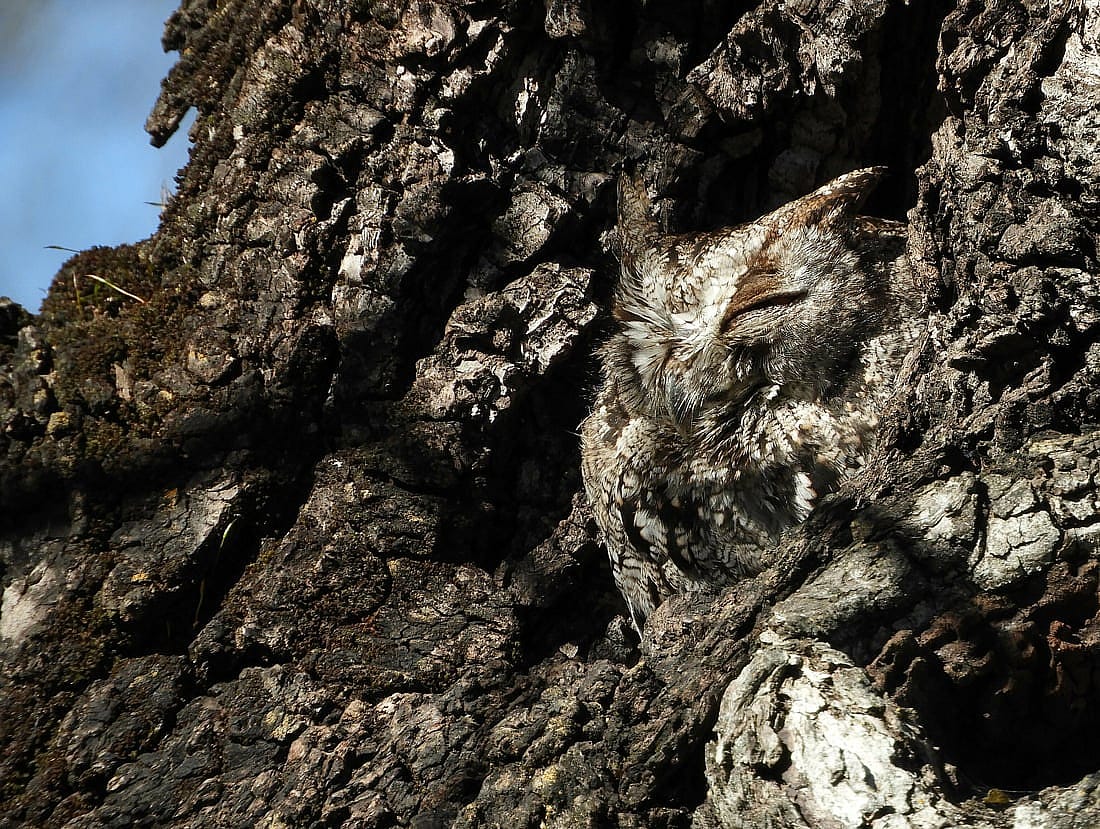
Introducing the Eastern Screech-owl
Screech-owls are small, common owls found throughout the United States. Although two different species, the Eastern and Western Screech-owls are so similar that the best way to identify them is often by their distinct calls. Easterns have a call that descends in pitch, while Westerns have a steady call that increases in tempo similar to a bouncing ping pong ball.
Sounds of the Eastern Screech-owl: https://www.youtube.com/watch?v=ogna0Xcqqns&t=31s
Listen for the descending call starting around :51
In many parts of the country it is easy to identify whether a Screech-owl is an Eastern or Western species by its location, as only one of the two species can be found living in the area. Here in Cody, however, we have an overlap of the two species. When “Monte” joined our program there was the question, Western or Eastern? Since captive birds often do not call out, we couldn’t use her call to determine which species Monte was. There is, however, one physical characteristic that can solve the riddle. The beak. As you look at Monte’s photo (above) you will see that her bill is greenish in color. Eastern Screech-owls have grey-olive green bills, while Western Screech-owls have grey to black bills. Notice the beak color of the Western Owl in the photo below.
In this blog I will address the Eastern Screech-owl, describing 7 interesting facts about their lifestyle.
1) There are two main color morphs (variants) of Eastern Screech-owls. A gray morph and a red morph. The two color variants, however, do interbreed, so it is not surprising if you see young of both color morphs in one nest. At times you will also see brown Screech-owls.
2) When threatened, both the Eastern and Western Screech-owls will straighten and lengthen their bodies, pull their feathers in tightly, and remain absolutely still. This posture makes them look more like a branch and therefore it is more difficult for predators to spot them. As a last resort, if spotted, they will simply fly away.
3) Both the Western and Eastern Screech-owls are known to be opportunists, eating a large variety of prey items. These include various insects, crayfish, amphibians, reptiles, small birds, and small mammals – including bats. One type of small bird that Eastern Screech-owls commonly dine on are European Starlings. Despite this, Starlings regularly take over the nesting holes of the owls for raising their own chicks.

4) Eastern Screech-owls can live in almost any habitat, as long as trees are present for cover. They prefer an area without dense ground cover. This makes prey, such as mice, easier to spot. Tree cavities or nesting boxes are essential for nesting. This small owl may be found in both rural and urban areas such as forests, fields bordered by trees, or city parks with trees.
5) When chicks first venture away from their nest, they cannot fly. Instead, they will hop to the ground or a nearby branch (called branching). Once on the ground, they must use their feet and fluttering wings to arduously climb back up to the safety of their nesting hole. The young owls learn to fly and hunt gradually. They depend on their parents for 8 to 10 weeks after venturing away from the nest before they become completely independent.
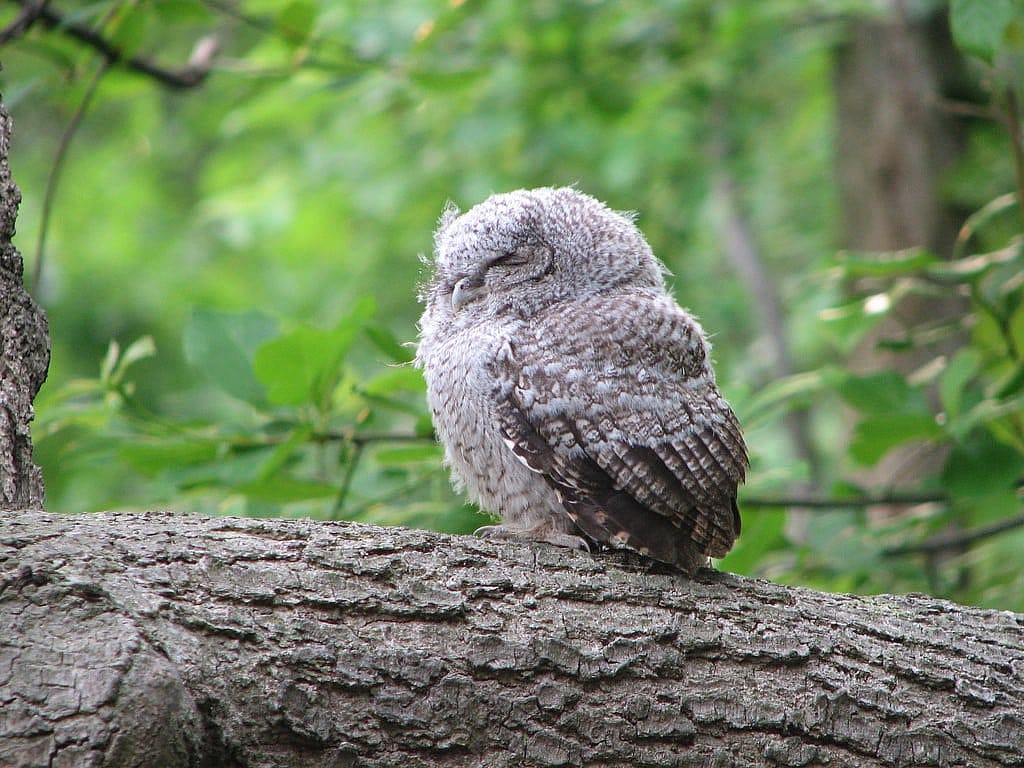
6) Eastern Screech-owls have a sophisticated courtship ritual. A male will approach a female while calling from various nearby branches. When he is close to the female, he will begin to swivel and bob his head, bob his entire body, and may even slowly wink one eye at the female. If she ignores him, he will begin swiveling and bobbing even more intensely. If she fancies his dance and accepts him, she will move close to the male. They will touch beaks and preen each other, as well as call in duet. Eastern Screech-owl pairs are monogamous. Some males, however, will mate with two different females at the same time. According to Cornell’s Allaboutbirds.org, the second female may occasionally eject the original female and lay her own eggs in the nest. This second female then incubates both clutches.
7) Both parents will bring food to the nestlings. It has been observed that parents may bring worm-like Blind Snakes to the nest, and release them, rather than feed them to their young. The snakes burrow into the debris in the bottom of the nest cavity where they feed on insects. It is believed this may help to protect the chicks from parasites.
Eastern Screech-owls are only one of more than 200 owl species in the world. Of these, 50 species are known to be at risk, or threatened due to drastic population declines. This number could be even higher, as a number of owl species are difficult to study and population numbers are unknown. Eastern Screech-owls are not currently considered at risk. There are some indications, however, that they are declining in various parts of their range. If you love owls, and have Screech-owls in your area, you might consider helping them out by providing a nesting box.
Photo Credits:
Photo of Monte downloaded from the Draper Museum Raptor Experience’s Facebook page. https://www.facebook.com/DraperMuseumRaptorExperience/
Western Screech-owl on a glove, by Crudmucosa, Attribution 2.0 Generic license, https://www.flickr.com/photos/crudmucosa/
Red and gray morphed Screech-owls, by Erin Eve, Attribution-NonCommercial-NoDerivs License, https://www.flickr.com/photos/ravenvagrant/
Western Screech-owl standing tall to resemble a branch, by Dominic Sherony, Attributon-shareAlike License, https://www.flickr.com/photos/9765210@N03/
Eastern Screech-owl with Lizard, by Ashley Tubbs, Attribution-NoDerivs license, https://www.flickr.com/photos/47745688@N05/
Red Morph Eastern Screech-owl looking out from tree roosting hole, by Matt Ward, , Attribution-NonCommercial-NoDerivs License, http://www.iseethelight.com/
Sleeping Immature Screech-owl, plum corns down, by Matt Tillett, Attribution License, https://www.flickr.com/photos/mattyfioner/
Camouflaged Eastern Screech-owl in tree hole by Francess Maas, Attribution-NonCommercial-NoDerivs 2.0 Generic License, https://www.flickr.com/photos/93962598@N05/
Blind Snake, by Maximillian Paradiz, Attribution License, https://www.flickr.com/photos/maxorz/
Written By
Anne Hay
Anne Hay has a Bachelor's degree in Elementary Education and a Master's in Computers in Education. She spent most of her working years teaching third grade at Livingston School in Cody, Wyoming. After retiring she began doing a variety of volunteer work for the Buffalo Bill Center of the West’s Draper Natural History Museum. Anne loves nature and has a concern for the environment. She believes that educating the public, so that they will have a better understanding and appreciation for the natural world, is very important. Because of this belief, volunteering at the Center is a perfect fit. She spends time in the Draper Lab, observing eagle nests for Dr. Charles Preston’s long-term research project on nesting golden eagles, writing observation reports of raptor sightings in the Bighorn Basin, and working with the Draper Museum Raptor Experience. Anne states that, “Having a bird on my glove, is one of my all time favorite things in life.”
